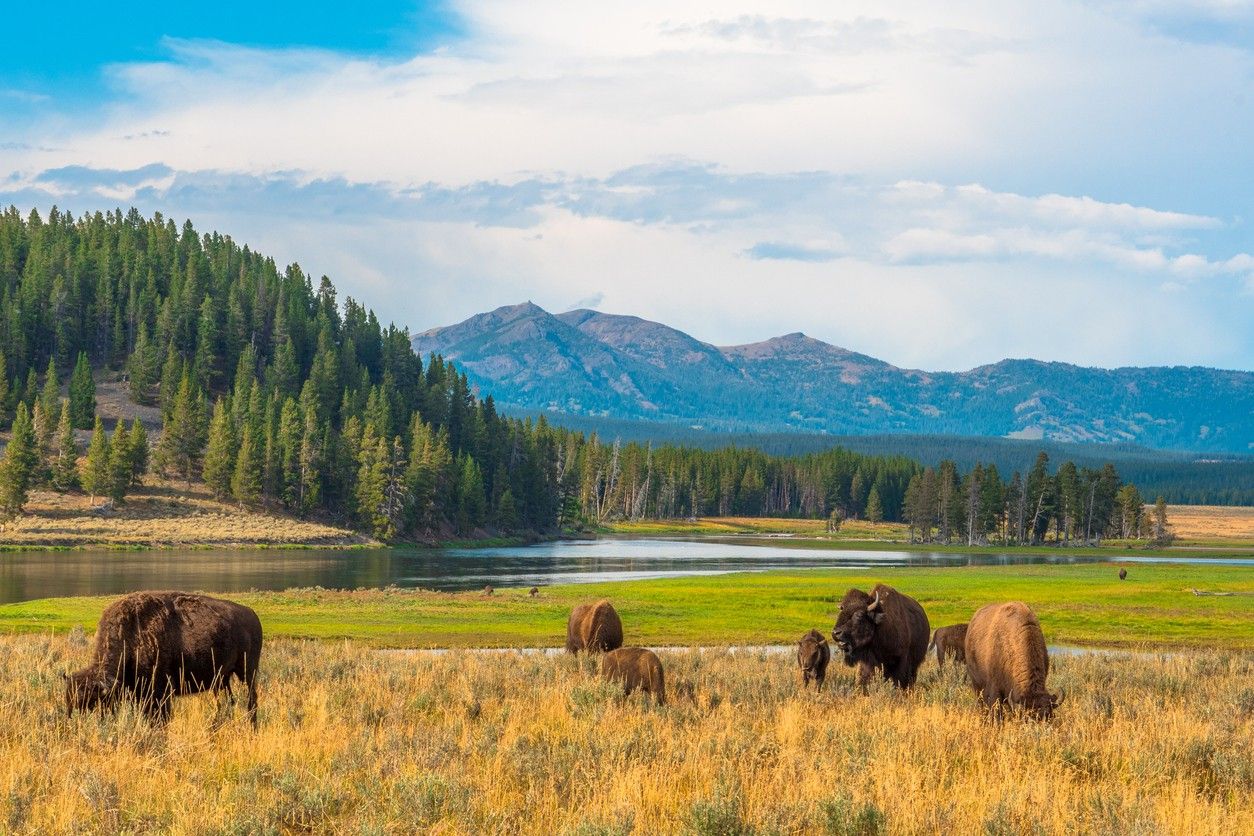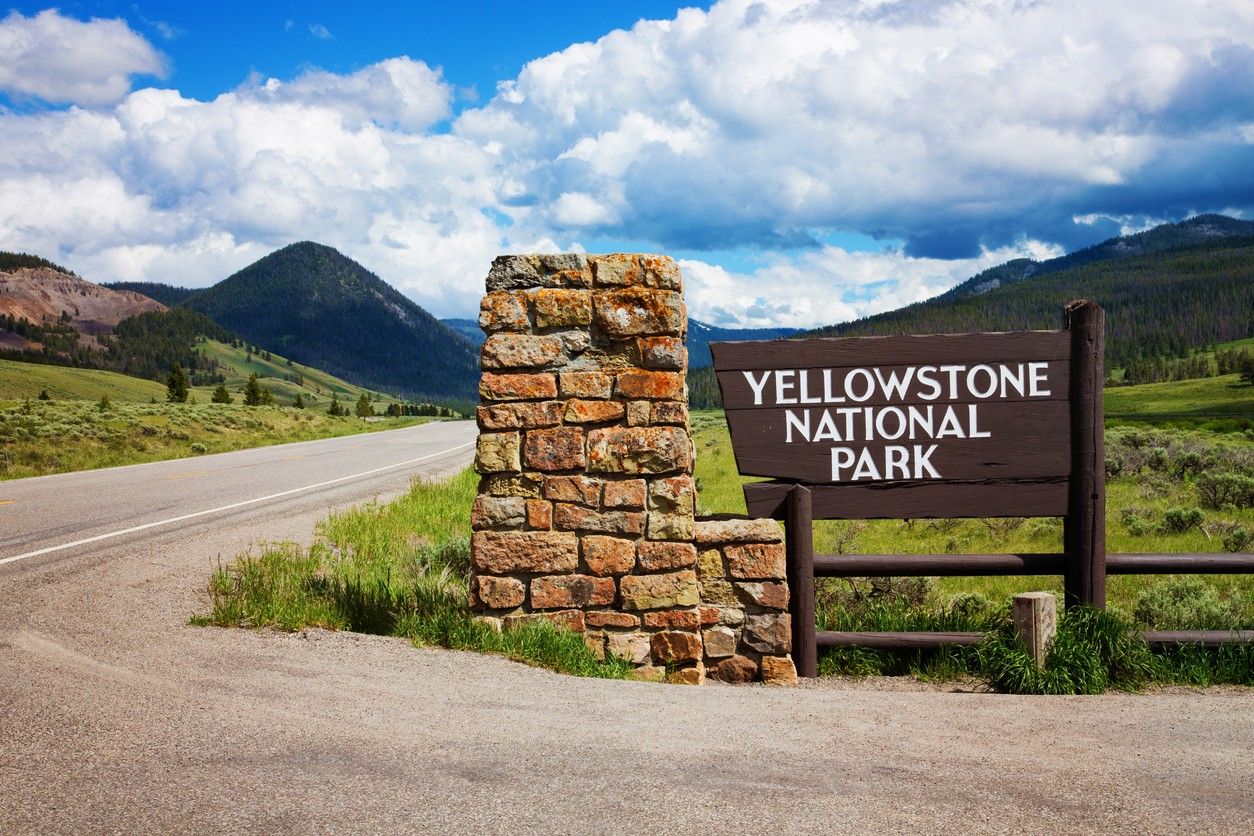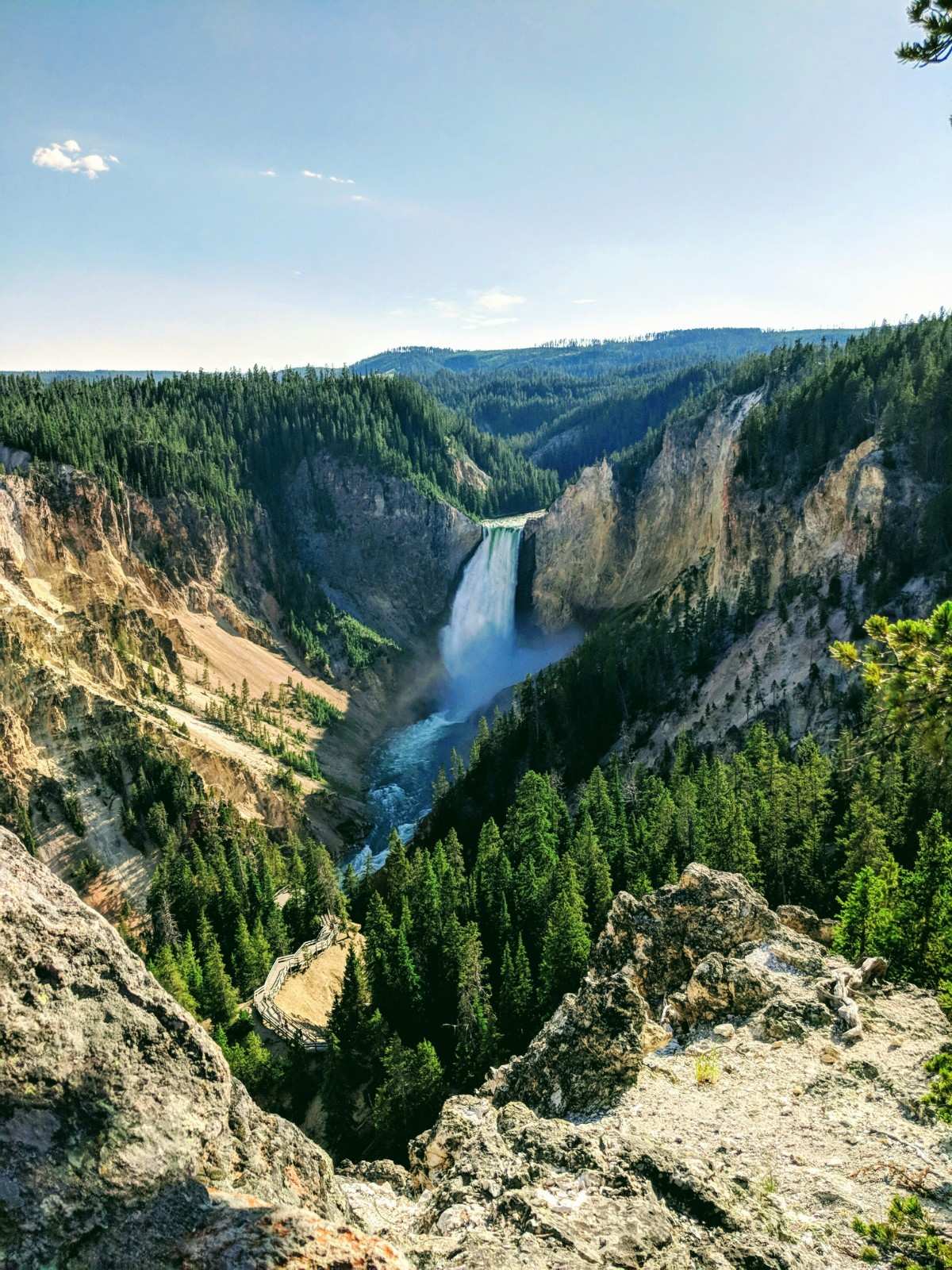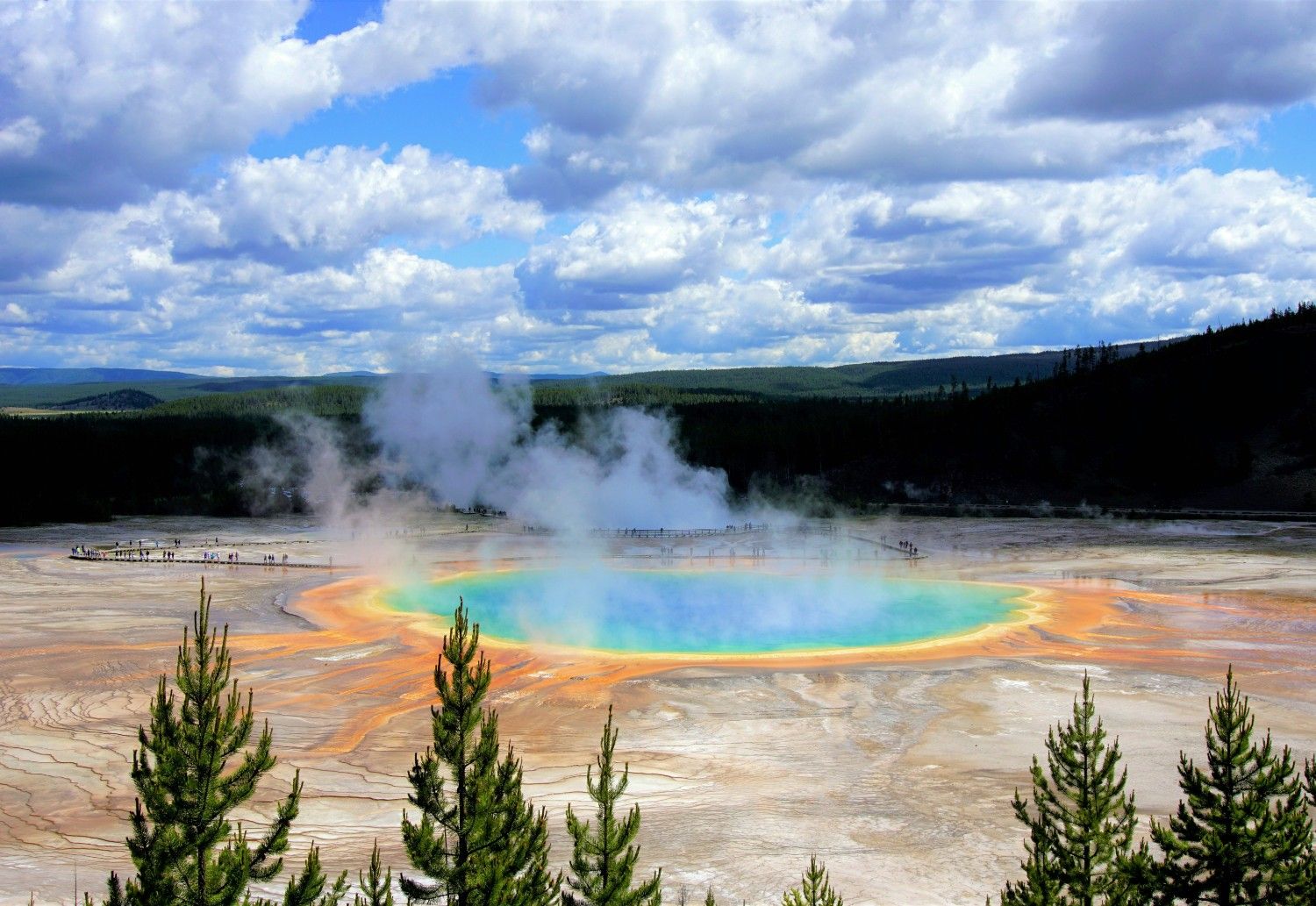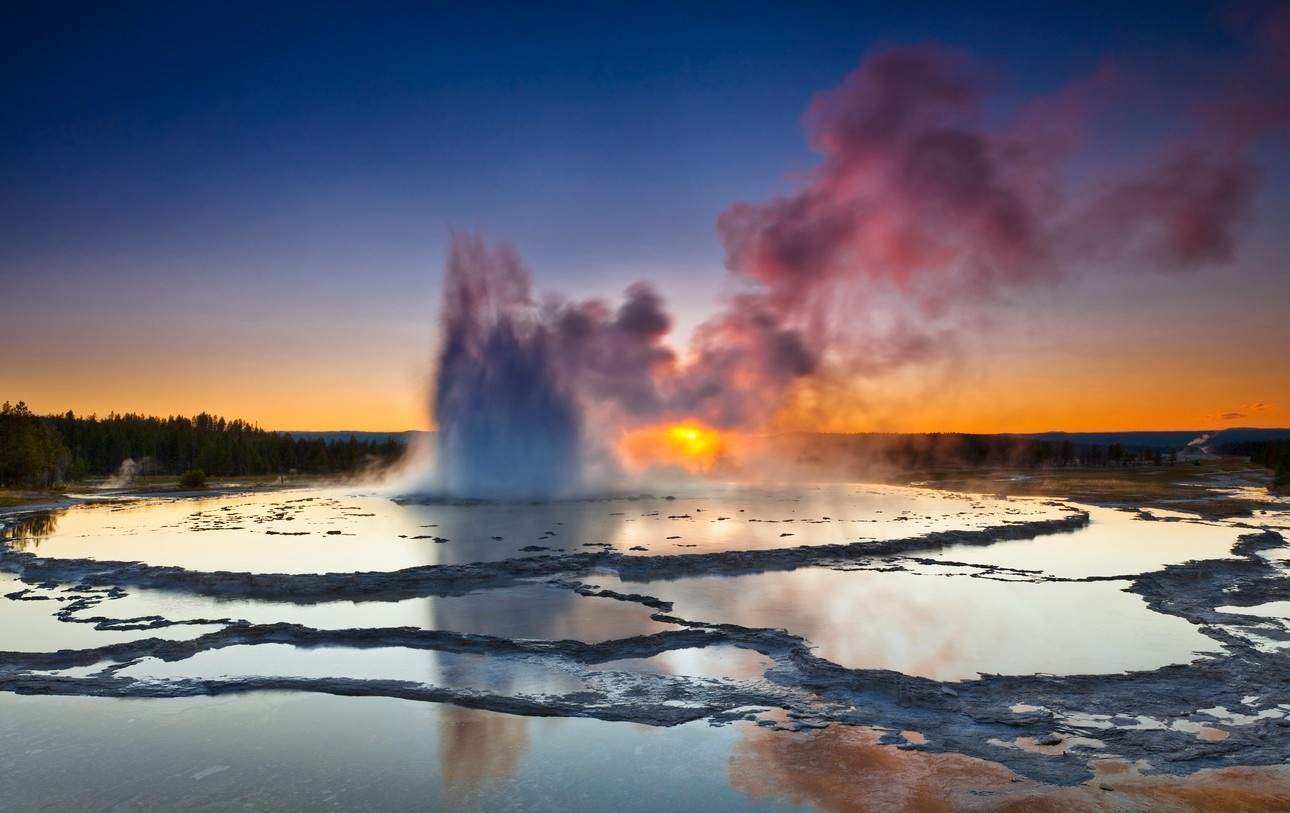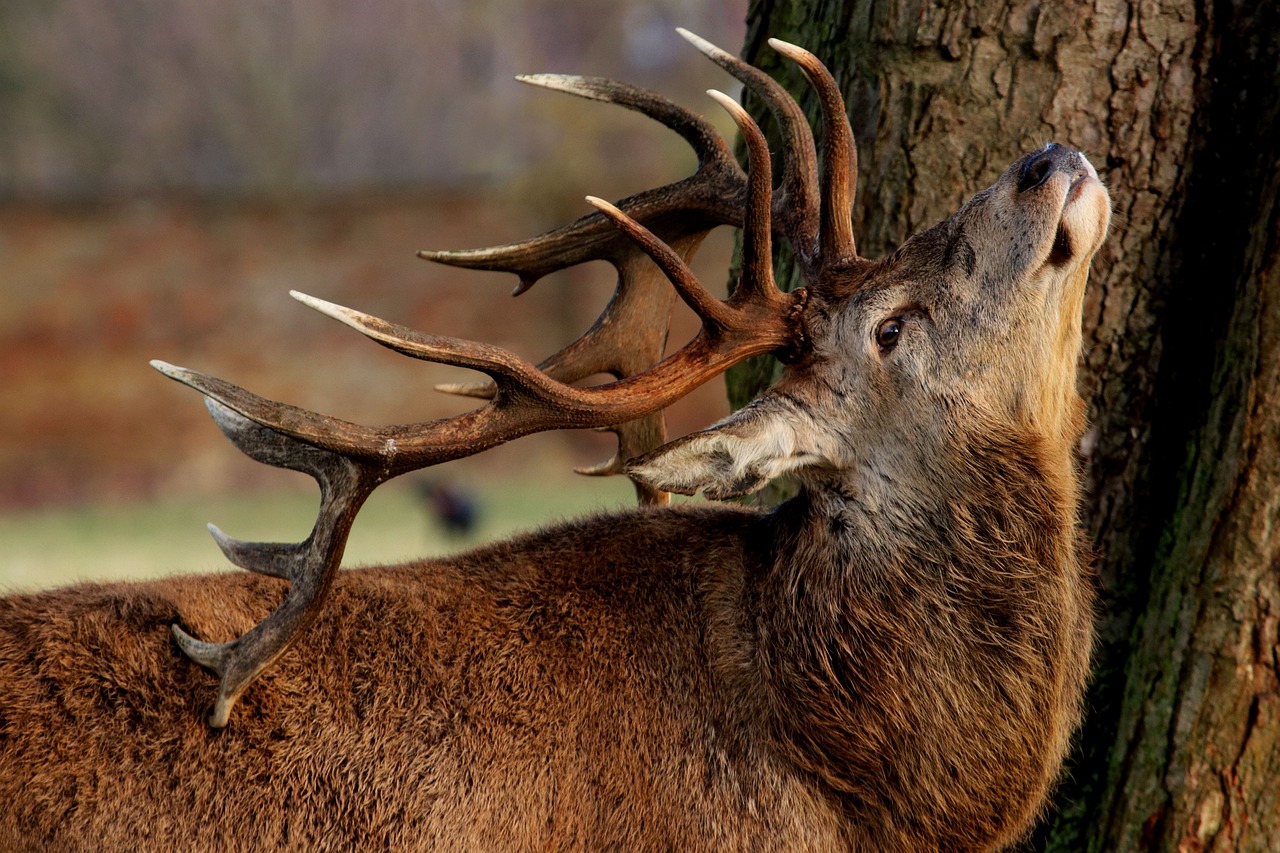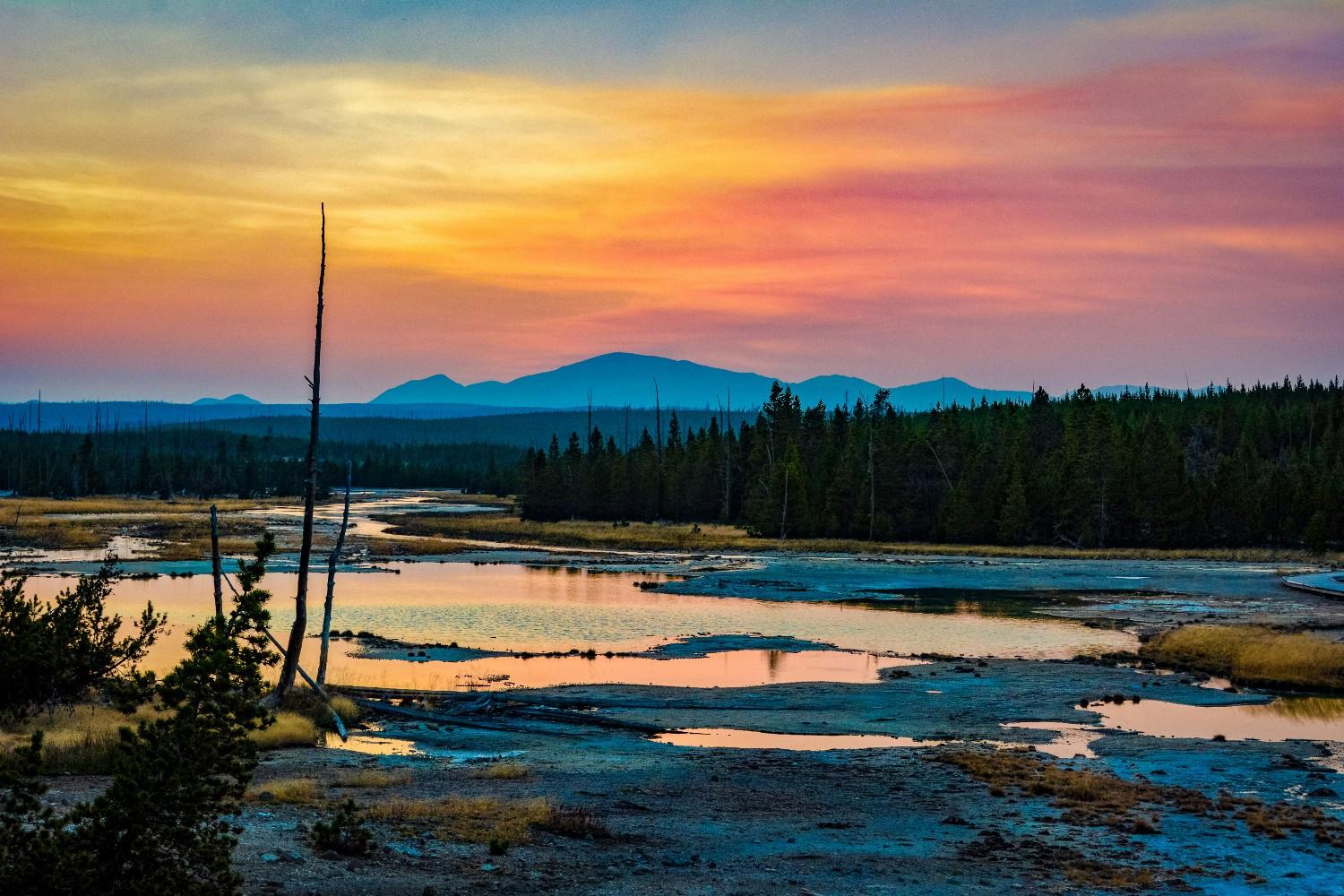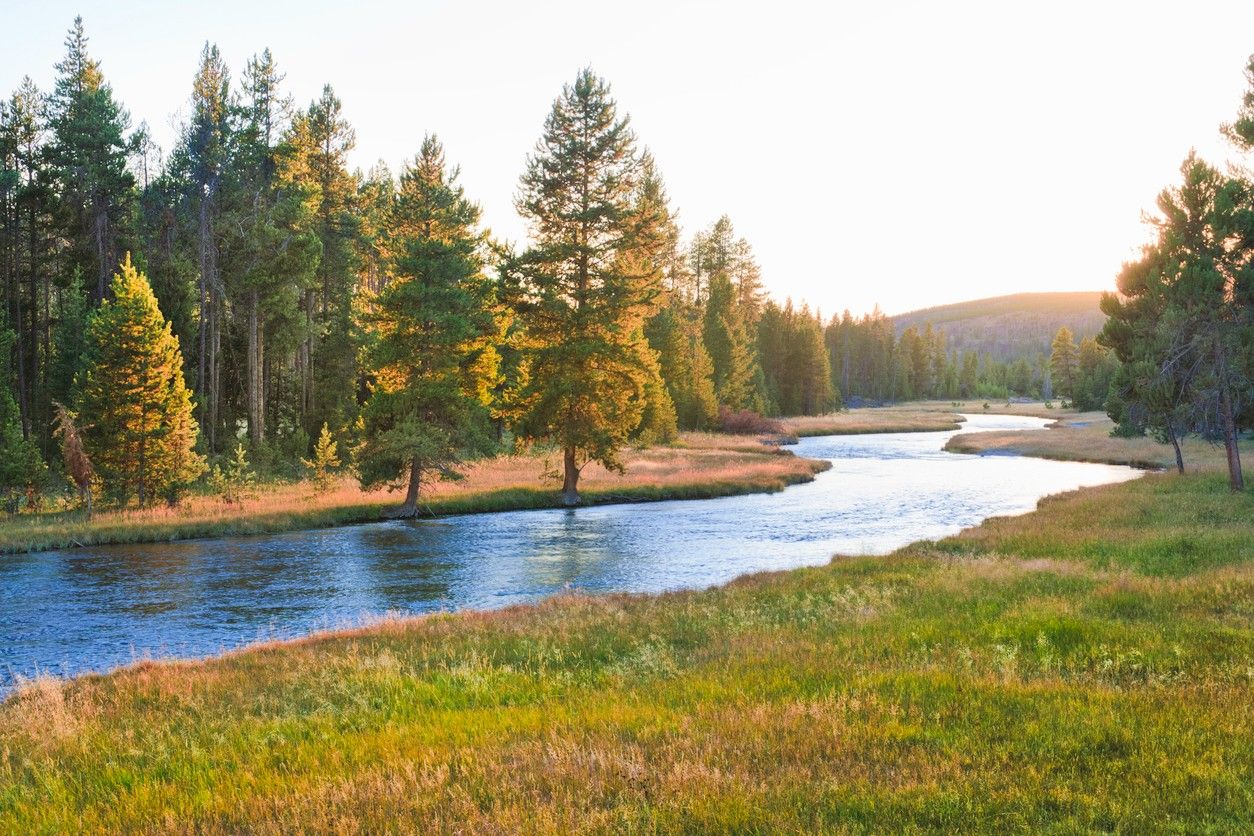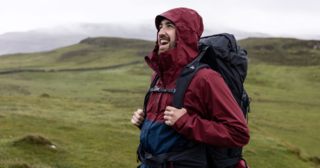Stretching across 885 square miles of Cumberland, Westmorland and Lancashire in Northwest England, Lake District National Park is a place of breathtaking beauty and inspiration. As one of the UK's 15 national parks, this landscape of mountains, valleys, lakes and villages has moved writers, artists and visitors for centuries. Formally designated a national park in 1951, Lake District welcomes over 19 million visitors per year, making it the second most visited national park in the world.
With its glaciated valleys, rugged fells and glistening waters, Lake District National Park offers endless opportunities for outdoor recreation and sightseeing. Many come to hike the park’s 500+ miles of public footpaths, exploring popular routes up Scafell Pike, Helvellyn and other iconic peaks. Others prefer boating, cycling, or photography amid the dramatic scenery. Twelve of the park's lakes offer excellent camping spots, while historic towns like Keswick and Ambleside provide accommodations and dining.
Where is Yellowstone National Park Located?
Yellowstone National Park spans the northwest corner of Wyoming, with small sections extending into southern Montana and eastern Idaho. In total, the park covers nearly 3,500 square miles (around 8,983 square kilometres) of wild, preserved lands and is primarily located within northwest Wyoming. Over 96% of the park area falls within Wyoming, 3% in Montana and 1% in Idaho. Within Wyoming specifically, Yellowstone stretches across the northwest corner of the state, bordering Montana to the north and Idaho to the west. The park's eastern and northeast borders lie not far from the Bighorn Mountains and the Shoshone National Forest. The town of Cody, Wyoming lies about 50 miles east of Yellowstone's eastern entrance, while other Wyoming cities and towns like Jackson and Dubois are located south of the park's boundaries.
As the first U.S. national park designated for preservation, Yellowstone National Park remains one of the largest intact mid-latitude ecosystems on Earth. Its vast forests, mountain ranges, roaring rivers, flowering meadows and unique geothermal wonders provide habitat for a wide diversity of plants and animal species, many of which visitors may be lucky enough to spot. The fact that 96% of Yellowstone falls within northwest Wyoming speaks to the state's commitment to conserving this natural national treasure for the enjoyment and education of all.
What Makes Yellowstone National Park So Special?
What makes Yellowstone National Park so incredibly special is not one single aspect but a combination of factors that come together to create a landscape like no other on Earth. From its one-of-a-kind geothermal features to its diverse array of wildlife to its rich human history, Yellowstone stands apart as a truly unique ecosystem and natural wonder.
Unparalleled Geothermal Wonders
What makes Yellowstone’s geology so special is its location atop an active supervolcano—essentially a giant chamber of magma lurking just a few miles beneath the park. The heat from this simmering subsurface pool warms recirculated groundwater to create Yellowstone’s proliferating thermal features. In essence, the park offers easy access to Earth’s geologic inner workings, allowing visitors to experience its gurgles, gushes and wafting sulfuric smells firsthand.
Of course, the most iconic site is Old Faithful Geyser. Erupting around 20 times per day to heights approaching 200 feet, its consistent performance over 150-plus years has made it world famous. Its geology is fairly straightforward—subterranean water channels store heat and pressure until liquid bursts skyward in clockwork fashion about every 90 minutes. Old Faithful shows no signs of stopping, continuing to mesmerise visitors with its predictable, towering gushes.
For a peek into Yellowstone’s kaleidoscopic colours, the shimmering Grand Prismatic Spring dazzles with biology-spawned hues. Here heat-loving thermophile microbes tint the expansive hot spring in rings of vibrant yellows, oranges, reds and greens. The largest hot spring in the USA, the Grand Prismatic is rainbow artistry on a geologic canvas, once again unique to magical Yellowstone.
Abundant Wildlife
Recognised primarily for iconic species like Yellowstone wolf and bison herds, the park provides critical habitat for thousands of animals ranging from tiny zooplankton to trumpeter swans with 6-foot wingspans. Early conservation efforts allowed decimated populations to recover, with early bison numbers rebounding from just 23 individuals in 1902 to over 4,500 animals today. Likewise, gray wolves have grown from 31 reintroduced members in 1995 to 124 packs comprising some 528 wolves as of 2021. Beyond the predators and ungulates, half of Yellowstone Lake’s fish are native Yellowstone cutthroat trout, while scenic marshes nurture sandhill cranes, pelicans, grebes and Canada geese. Regardless of charisma or size, Yellowstone’s intact ecosystem allows both common and imperilled species to thrive.
Fascinating Human History
Yellowstone National Park has nurtured human life for over 11,000 years, starting with Paleolithic hunter-gatherer tribes like the Sheepeater clan. Over a hundred archaeological sites contain artefacts left by tribes who collected obsidian, hunted bison and utilised thermal features. Oral histories suggest Native Americans also understood the latent dangers in hydrothermal explosions that could boil unlucky passersby alive. More recently in 1807, John Colter became the first U.S. citizen to document stumbling across Yellowstone’s bizarre boiling springs and geysers, though his tales were then ridiculed. Now recognised as the world’s first national park after dedicated lobbying finally convinced Congress in 1872, Yellowstone continues balancing conservation priorities with its role as an evolving inspiration. Its human story grows richer by the decade.
Yellowstone's Unique Geology: Geysers, Hot Springs and More
As America's first national park and a preserved ecosystem flaunting frequent geothermal activity, Yellowstone owes much of its uniqueness and acclaim to its one-of-a-kind geology. The park contains around two-thirds of the planet's geysers as well as myriad hot springs, mud pots and fumaroles. These features hint at Yellowstone's explosive past and the dynamic volcanic forces still churning below.
What makes Yellowstone’s geology so special is its location atop an active supervolcano—essentially a giant chamber of magma lurking just a few miles beneath the park. The heat from this simmering subsurface pool warms recirculated groundwater to create Yellowstone’s proliferating thermal features. In essence, the park offers easy access to Earth’s geologic inner workings, allowing visitors to experience its gurgles, gushes and wafting sulfuric smells firsthand. Of course, the most iconic Yellowstone hydrothermal feature is its Old Faithful Geyser. Erupting around 20 times per day to heights of 100 to 180 feet, the geyser’s consistent performance over 150-plus years of observation has made it world famous. Its geology is fairly straightforward—heat warms subterranean water, pressure builds in underground channels and liquid bursts to the surface in a clockwork-like fashion. Old Faithful shows no signs of stopping, continuing to mesmerise visitors with its predictable gushes.
For a peek into Yellowstone’s kaleidoscopic colours, the shimmering Grand Prismatic Spring cannot be topped. Here, heat-loving microbes named thermophiles tint the expansive hot spring in rings of vibrant yellows, oranges, reds and greens. The largest hot spring in the USA, the Grand Prismatic’s rainbow palette is biological artistry on a geologic canvas, once again unique to Yellowstone. Standing on the overlook with the rising steam, visitors can easily appreciate they’ve stumbled into somewhere special. The park’s geologic potpourri continues with names like Fountain Paint Pots, Mud Volcano, Artists Paintpots and Silex Spring. Given Yellowstone’s volcanic pedigree and extreme subsurface heat flow, expect this diverse menagerie of burps, bubbles and multi-coloured pools to stick around for aeons to come. Indeed, Yellowstone’s geology helps earn its designation as one of Earth’s most phenomenal and memorable landscapes.
Yellowstone's Abundant and Diverse Wildlife
Beyond its justly famed geothermal features, Yellowstone National Park owes much of its allure and acclaim to the abundant and diverse wildlife that calls this region home. From charismatic megafaunas like grizzly bears and grey wolves to more obscure species like pika and Yellowstone cutthroat trout, the park provides essential and relatively undisturbed habitat for thousands of plants and animals. Visitors stand a chance of encountering wild inhabitants around every corner, whether grazing in open meadows or streaking across the road ahead.
Perhaps Yellowstone’s most iconic animal residents are its free-roaming bison herds, descendants of the 23 survivors spared from market hunting when the park was established in 1872. Now numbering over 4,500 strong, these massive, shaggy beasts embody the American West as they paw through the snow for winter grass or laze near thermal areas once frequented by ancient peoples. Approaching too close can prove dangerous, but at a safe distance, visitors can appreciate the enduring bison spirit that defines the park.
Joining the bison as a classic Yellowstone resident is the trumpeter swan, North America’s largest waterfowl species. Nearly hunted to extinction in the early 20th century, trumpeter swans have made an inspiring comeback thanks to the safety of Yellowstone’s lakes and wetlands. Unlike small ducks or geese, these imposing birds with wingspans over 6 feet make quite the visual statement when spotted by keen-eyed visitors. Their resonant bugling calls only add to the experience.
Of course, Yellowstone is perhaps most famed for its fearsome grizzlies, emerging from winter dens to prowl the park’s backcountry in search of bison carcasses, whitebark pine nuts or fresh spring vegetation. Weighing up to 700 pounds at their fall peak, grizzlies are fortunately more interested in fattening up than confronting park guests. Still, proper precautions are essential for avoiding run-ins with these powerful predators. Respecting bear etiquette means both visitors and bears can share the landscape safely.
Top Attractions and Activities in Yellowstone
Spanning nearly 3,500 square miles brimming with natural wonders, Yellowstone National Park overwhelms visitors with possible attractions and activities. Of course, Old Faithful Geyser remains the park’s single most popular destination, although classic sites like the rainbow-hued Grand Prismatic Spring and Mammoth Hot Springs showcase entirely different facets of Yellowstone’s geothermal splendour. Beyond these greatest hits, exploring Yellowstone’s hidden gems usually proves the most rewarding.
One popular yet less crowded activity is embarking on wildlife safaris across the northern range between Mammoth and Tower-Roosevelt. This region offers extensive grasslands and sagebrush where visitors might spot herds of bison, elk and bighorn sheep along with pronghorn, bears, wolves or even moose. Early mornings and evenings provide prime game viewing opportunities to appreciate Yellowstone’s abundant and diverse fauna against scenic backdrops. Just remember to bring binoculars and spotting scopes for the most impact.
For those interested in Yellowstone heritage and culture, the park’s museums and historic buildings offer engaging details on indigenous peoples, early explorers, local flora and fauna and the National Park Service itself. Not to be missed is Fort Yellowstone, comprising over 60 restored structures showcasing how the U.S. Army managed park operations in the early 1900s. The Albright Visitor Center named for pioneering NPS director Horace Albright traces early conservation efforts.
Of course, Yellowstone’s embarrassment of natural riches means hiking trails appeal to almost every ability level. For stellar wildlife sightings and iconic scenery, moderate routes along the peaks overlooking Hayden or Lamar Valleys allow sweeping views of wild inhabitants in the valleys below. Or for a glimpse of Yellowstone’s untamed interior, rugged paths into the Thorofare backcountry trace near the headwaters of the Yellowstone River through the prime grizzly habitat. Regardless of the activity, Yellowstone delivers adventure matched by a few other parks on the planet.
Native American History and Culture in Yellowstone
While renowned for its unique geology and wildlife populations today, Yellowstone National Park has been inhabited by various Native American tribes for over 11,000 years, including tribes such as the Nez Perce, Crow, Blackfeet, Bannock and Eastern Shoshone. These groups Seasonally hunted, fished and gathered resources from this resource-rich region before European settlement, leaving artefacts and archaeological sites that speak to the area’s indigenous heritage. Even before Yellowstone became America’s first national park in 1872, it had long been a sacred landscape and seasonal home to Native peoples.
In particular, records indicate the Sheepeater tribe inhabited Yellowstone’s mountainous terrain perhaps as far back as the ice age over 11,000 years ago. Later tribes would venture into the Yellowstone Plateau seasonally to harvest obsidian for tools, hunt wild game in autumn and collect medicinal plants. Thermal areas offered warmth in winter, with tribes camping nearby through frigid months before heading for warmer summer climes. Oral histories suggest Native Americans understood the spiritual potency and latent danger lurking in Yellowstone’s geothermal features.
Unfortunately, several tribes would be displaced from ancestral lands when Yellowstone became a national park in 1872, banned from seasonal migrations vital to their cultural identity. Park stewardship under the U.S. Army starting in 1886 also brought efforts to restrict Native Americans until the mid-1900s policy changes. Today, collaboration with tribal partners ensures Native voices help manage park resources and inform the interpretation of indigenous ties to Yellowstone’s past and present.
Modern visitors can reflect on 10,000-plus years of Native history while staring into the Grand Prismatic Spring, watching bison graze where tribes once hunted or meandering through the Gibbon River’s colourful canyon where trappers and tribes traded furs. From arrowheads to tribal names etched on the land to centuries of spiritual connection, Yellowstone’s Native heritage persists all around.
Where to Stay and How to Plan Your Yellowstone Visit
With over 3,400 square miles of unspoiled wilderness spanning three states, deciding where to stay and how best to experience Yellowstone National Park may seem daunting. Fortunately, with park entries spread across each boundary and plenty of communities nestled just beyond, Yellowstone offers remarkable flexibility for crafting adventures catered to every interest and budget. Whether you have one day or one month to explore, the following tips will help maximise your Yellowstone vacation.
Most visitors enter Yellowstone from the Montana communities of Gardiner to the north or West Yellowstone to the west. Both provide ample accommodations from camping to luxury resorts, dining options from burger joints to fine cuisine, and easy access to iconic sites like Mammoth Springs or Old Faithful. Other popular gateway towns with more rustic ambience include Red Lodge, Montana, Cody, Wyoming or Dubois off the east entrance. Just research whether your hotel or campsite locations remain open given Yellowstone’s seasonal closures.
In terms of navigating the park itself, loop drives let visitors experience almost everything in a single day. But leave at least 3-5 days to properly cover highlights while venturing off the beaten path. Be sure to check current road conditions at park entrances given snow or construction can periodically close access. Also, temper expectations between peak summer months when everything is open versus spring and fall with more limited services. Whenever you go, the scenery and wildlife never disappoint!
Most importantly, embrace whatever unexpected moments arise as the real magic of Yellowstone reveals itself to those with patience. Maybe you witness wolves stalking a herd of elk across a valley or stumble upon a little-known thermal feature burping in the forest. By avoiding rigid itineraries in favour of wandering Yellowstone’s untamed essence, you're guaranteed to return home with amazing stories.
Related articles

Let us know you agree to cookies
We use marketing, analytical and functional cookies as well as similar technologies to give you the best experience. Third parties, including social media platforms, often place tracking cookies on our site to show you personalised adverts outside of our website.
We store your cookie preferences for two years and you can edit your preferences via ‘manage cookies’ or through the cookie policy at the bottom of every page. For more information, please see our cookie policy.
